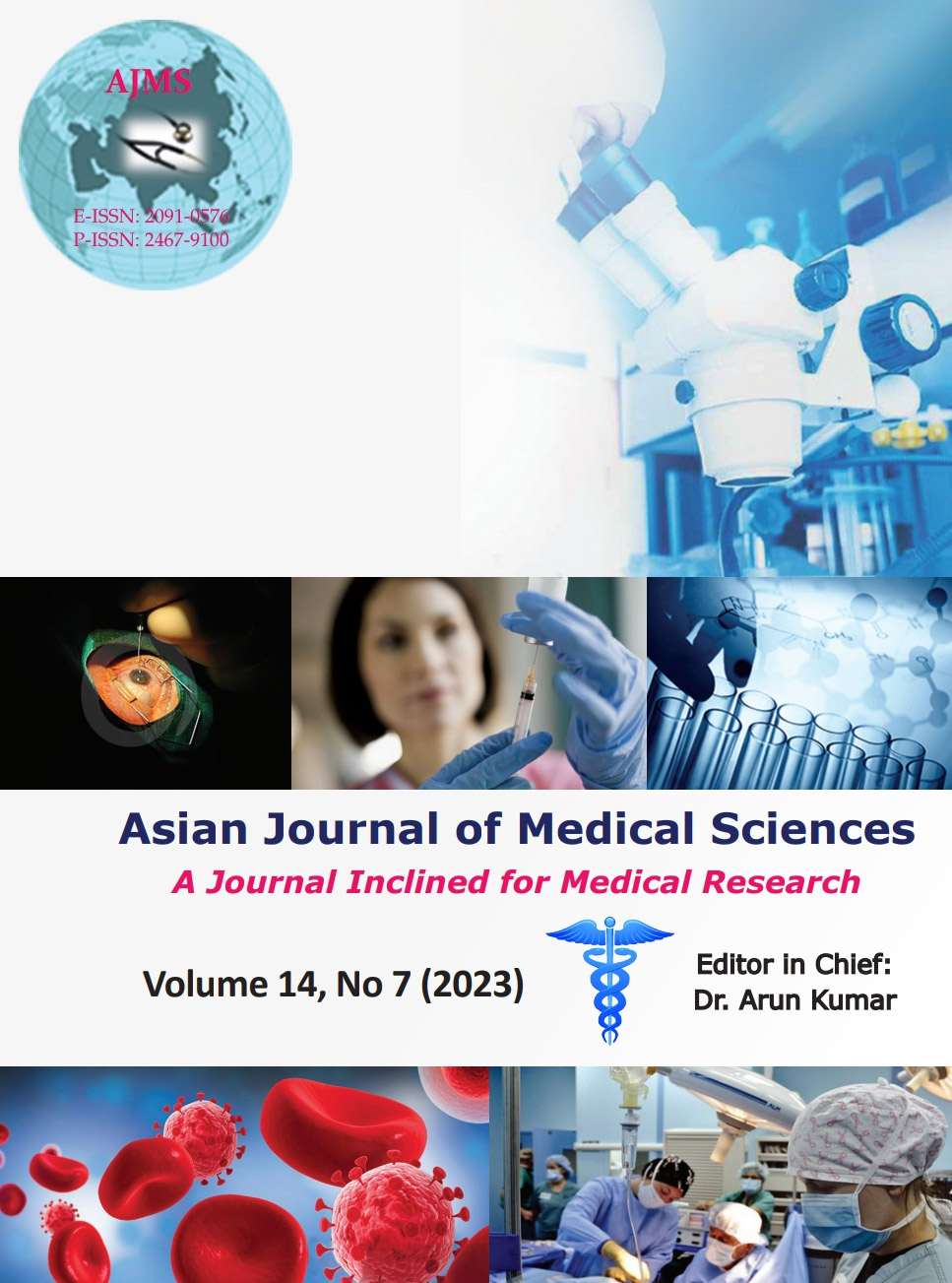Early-onset metabolic syndrome and cardiovascular risk in polycystic ovary syndrome
Keywords:
Cardiovascular disease; Comprehensive lipid tetrad index; Insulin; Metabolic syndrome; HOMA IR; Lipoprotein (a); PCOSAbstract
Background: Polycystic ovarian syndrome (PCOS) is a multifactorial endocrine disorder which along with insulin resistance leads to infertility and metabolic syndrome (MetS). This increases the cardiovascular risk in PCOS patients.
Aims and Objectives: The study was undertaken with the objective to assess and compare the levels of insulin, HOMA IR, lipoprotein (a), and comprehensive lipid tetrad index (CTLI) in PCOS patients with and
without MetS and, thus, to compare the cardiovascular disease risk in the two groups.
Materials and Methods: Seventy-one freshly diagnosed cases of women with PCOS were enrolled in the study. The patients were grouped into PCOS with MetS and PCOS without MetS with 32 women in each group, matched by age. Biochemical parameters were analyzed in blood chemistry autoanalysers. Insulin, lipoprotein (a), was estimated using ELISA. HOMA IR and CTLI were calculated using standard formulae.
Results: About 48.6% of the patients with PCOS had MetS which developed at a mean age of 25 years. Blood glucose and lipid profile parameters were significantly higher, while high-density lipoprotein levels were lower in the group with MetS. Lipoprotein (a) and CTLI were also significantly higher in PCOS patients with MetS than in those without MetS. Insulin and HOMA IR, though higher in the
PCOS with MetS group than in the PCOS without MetS, there was no significant statistical difference.
Conclusion: There is a higher risk of developing cardiovascular disease in PCOS women with MetS than in the PCOS women without MetS at a relatively younger age.
Downloads
Downloads
Published
How to Cite
Issue
Section
License
Copyright (c) 2023 Asian Journal of Medical Sciences

This work is licensed under a Creative Commons Attribution-NonCommercial 4.0 International License.
Authors who publish with this journal agree to the following terms:
- The journal holds copyright and publishes the work under a Creative Commons CC-BY-NC license that permits use, distribution and reprduction in any medium, provided the original work is properly cited and is not used for commercial purposes. The journal should be recognised as the original publisher of this work.
- Authors are able to enter into separate, additional contractual arrangements for the non-exclusive distribution of the journal's published version of the work (e.g., post it to an institutional repository or publish it in a book), with an acknowledgement of its initial publication in this journal.
- Authors are permitted and encouraged to post their work online (e.g., in institutional repositories or on their website) prior to and during the submission process, as it can lead to productive exchanges, as well as earlier and greater citation of published work (See The Effect of Open Access).




